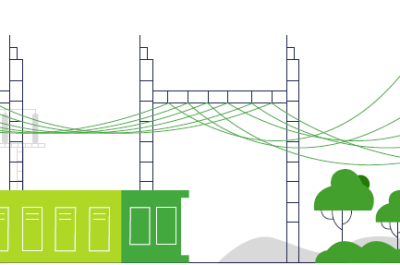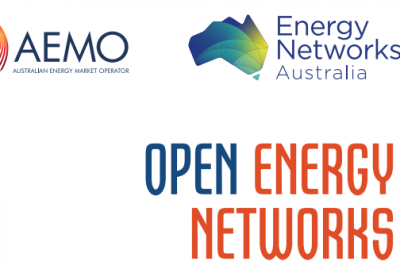Energy’s worst acronym – why is DER a hot topic?
Last week Melbourne played host to many of the major players in the Energy Industry at the Power ± Utilities Australia conference. From CEOs to economists and customer advocates, we hear more and more about Distributed Energy Resources (DER) and how they will change our energy system.
| What are Distributed Energy Resources?
One working definition of DER is relatively small-scale sources of local generation that are connected to the grid at the distribution level (think the wire that is carrying 240V to your home). The most common example of DER is rooftop photovoltaic (PV) solar but can include a wide variety of things like residential batteries, biomass generators or even demand response which provides something known as “nega-watts” (the absence of demand). DER is anything that can provide additional supply or reduce demand at the local level. |
Until recently, the energy industry in Australia has been relatively stable (some say stale), but DER is one of the hot topics that is revitalising the entire industry.
Whether you’re a Gen-tailer dabbling in demand response to capture wholesale market benefits, a network service provider (NSPs) coming to grips with power that is going in the wrong direction, an Internet of Things (IoT) company that is making new home energy products or a regulator who is updating rules to keep up, the scope of the DER impact is mind-boggling.
This is why, throughout the two-day conference, the impact of DER was felt in every corner of the convention centre. There were presentations on a variety of topics from hosting capacity (how much DER a network can host before adverse effects appear) and education on virtual power plants (the aggregation of DER) to how distributed energy resources management systems (DERMS) technology can help networks harness its potential.
| What is a Distributed Energy Resources Management System (DERMS)?
A DERMS is something can coordinate (some say optimise) a large number of DER in a network to meet supply with demand. Depending on what your goals are, it can also be used to do cool stuff like ensuring residential solar PV is maximised or “shaving” evening peaks to reduce strain on networks. This technology is still in development, but there are several promising solutions coming to market soon. |
With the introduction of all this new technology, it is hard to foresee the exact scope of its impact on industry and society in general. A classic example of this is how the internet has changed the world economy, how people communicate and even the impact of social media in modern democracies. To top it all off, a lack of a coordinated and coherent policy has added seasoning to the bubbling stew that is the Australian energy industry.
This uncertainty is the driving force behind a lot of R&D that industry stakeholders require to be ready in a future with such high volatility. This is what sparked the joint Energy Networks Australia and Australian Energy Market Operator (AEMO) Open Energy Networks (OpEN) project, which seeks to guide businesses from where they are now to a DER-rich future and what tools the industry needs to harness its potential.
A recent report as part of OpEN showed how properly integrating DER can result in savings of up to $1 billion.
Open Energy Networks – Interim Report Required Capabilities and Recommended Actions outlines what the energy system needs to ensure the massive growth of solar and storage can be properly integrated into our grid for maximum customer benefit.
These required capabilities are:
- Enabling distribution network service providers (DNSPs) to improve network visibility – i.e. know where DER are installed and how they behave in real-time so the local distribution network and the wider system can be managed. For example, the export capacity of a solar and storage system needs to be known, as well as how fast the battery can respond to a signal to switch from charging to discharging.
- Defining network constraints or ‘operating envelopes’ so customers can be advised how much electricity they can export and/or import from the grid. These operating envelopes define the limits that customers’ DER must operate within for the safe and secure running of the network and the overall electricity system. For limits to be established, real-time data must be collected and communicated, based on standard protocols.
- Having standards in place to communicate these ‘operating envelopes’ to aggregators, retailers, owners of DER and AEMO to help ensure the safe and secure operation of the network.
One promising presentation we heard was from Ausnet Services, a local Victorian network. Its DER Marketplace trial hopes to test some of the principles and functions identified in the OpEN project in a controlled “market” with lots of DER. Whilst the trial is not yet approved, it would be a fascinating real-world case study in how a DER-rich system might work in practice.
If there is one key takeaway, it is that as the issue of DER develops, no-one has all the answers. This isn’t stopping businesses from interpreting the ambiguity as an opportunity to create customer benefits and new value in the market.



